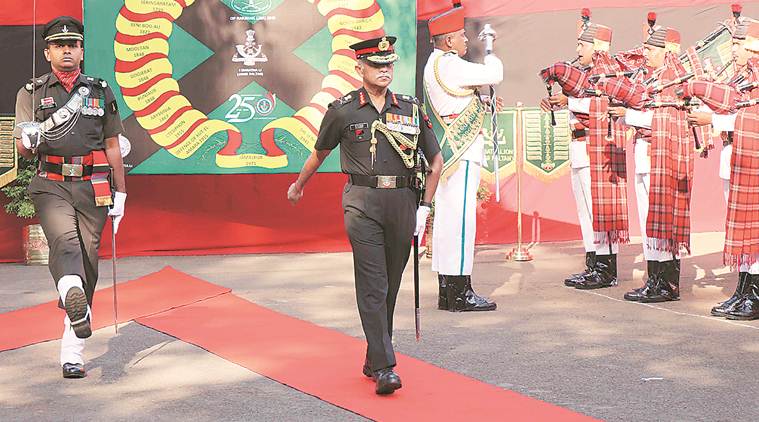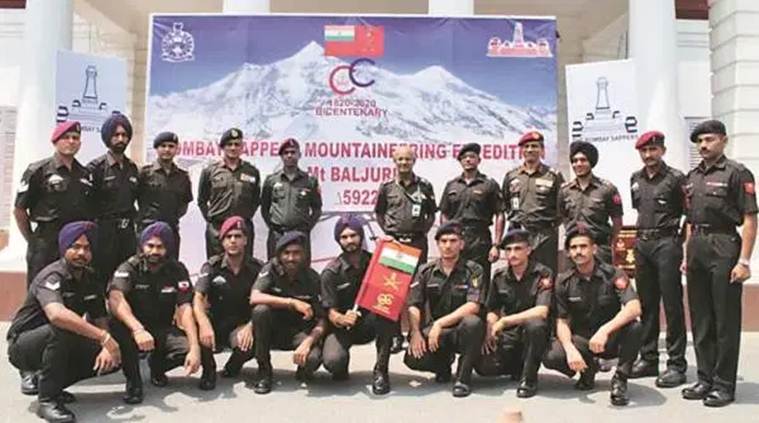
Aditi Tandon
Tribune News Service
New Delhi, February 1
Finance Minister Nirmala Sitharaman had to curtail her Budget speech in the Lok Sabha today after a taxing 2 hours and 40 minutes’ delivery that left her exhausted.
She even had at hand ready referrals from two doctor MPs — BJP’s Sanjay Jaiswal and TMC’s Kakoli Ghosh. By the end of the speech, Sitharaman had broken her own record of delivering the longest ever Budget speech. In 2019 as India’s first full-time woman Finance Minister, Sitharaman had clocked a 2 hours and 15 minutes Budget presentation surpassing the previous record of 2.13 hours held by Jaswant Singh.
During her speech today, the FM laid on the table a generous serving of poetic and philosophical verses and some proposals that left the Opposition anxious and angry.
The loudest opposition disapproval came when Sitharaman projected a nominal GDP growth of 10 per cent for 2021. “What?” was the refrain sounded by TMC, NCP and DMK leaders while former Congress president Rahul Gandhi sat listlessly. His mother and Congress president Sonia Gandhi was absent today so was SP patriarch Mulayam Singh Yadav.
The Opposition’s energies were mostly spent on urging the FM to not repeat herself (Sitharaman read out several statements twice for effect).
The FM for her part marched on after commencing the presentation posts greetings to her family (daughter and father) who were seated in the visitors’ gallery and watched Sitharaman from a distance.
Among the poets the FM quoted today, the first was Sahitya Akademi winner Dinanath Kaul. As Sitharaman recited in Sharada script Kaul’s salutations to the Valley, Prime Minister Narendra Modi led the treasury line-up in offering a thunderous applause.
The FM’s invocation of poet-philosophers — Tamil woman saint Avvaiyar; Tamil philosopher Thiruvalluvar and Kalidasa — today also served well to break the monotony of Budget proposals delivered over a long duration.
It was only after 2 hours and 37 minutes that Sitharaman stopped to have water and few lozenges her colleagues Nitin Gadkari and Harsimrat Badal offered. By then the FM was too fatigued to continue and abandoned the speech with two of the 45 pages still to go.
Surpasses own record
By the end of her speech, Sitharaman had broken her own record of delivering the longest-ever Budget speech (135 min) in 2019
Invokes Thiruvalluvar
The FM laid on the table a generous serving of poetic and philosophical verses, invoking Tamil saint Avvaiyar, Tamil philosopher Thiruvalluvar and Kalidasa























































































































